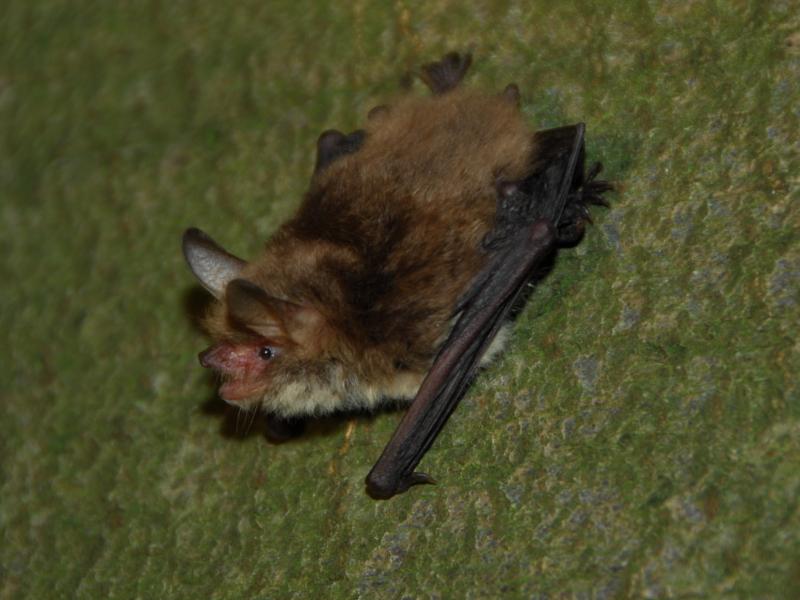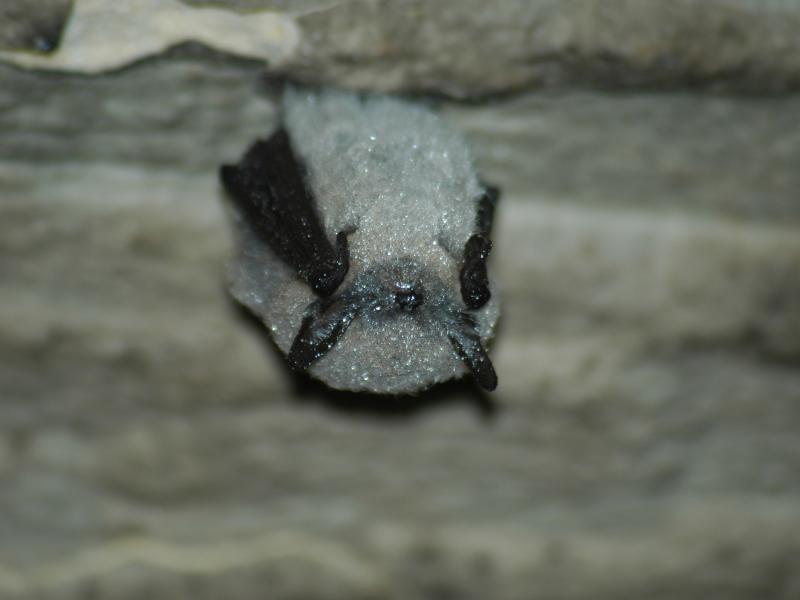Hibernating bats in the Amsterdamse Waterleidingduinen

Abstract: This article discusses the results of 35 years of research (1986-2020) on hibernating bats in the Amsterdamse Waterleidingduinen (Amsterdam Water Supply Dunes; AWD), the Netherlands. About 70 bunkers are surveyed every January. Bat counts have steadily increased to a maximum of 265 in 2011; after that the numbers gradually decreased to below 200. Bats have been found in an average of 40 bunkers in the last 15 years. The most numerous species is Daubenton’s bat (Myotis daubentonii), followed in the initial period by the brown long-eared bat (Plecotus auritus). Since 2012, more pond bats (M. dasycneme) have been counted on average than brown long-eared bats. Since the turn of the century, the number of Natterer’s bat (M. natteri) has increased, followed by a decrease in recent years. The whiskered bat (M. mystacinus/brandtii) has only been observed incidentally in the early years. A total of 29 bunkers have been closed since 1989, and in most of them the interior has been modified in hope of making them more suitable for hibernating bats. Although it is difficult to formulate a final conclusion due to various contributing factors, closing off (and adjusting) the bunkers seems to have a favourable effect on the numbers of bats in some cases. Repeated counts in several winters have shown that the bats move in and between the bunkers during the winter and that the numbers of animals in the bunkers vary during the winter. On average, the numbers of counted animals are highest in January. Finally, we briefly discuss the summer research conducted on bats and the opportunities and threats for bats in the AWD.




